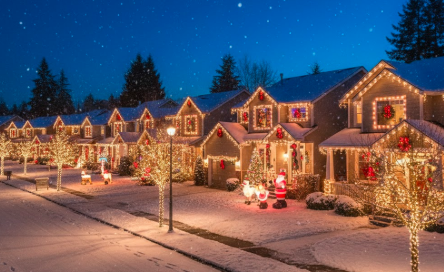
Home inspections remain one of the most crucial steps in the Seattle home buying process. With the city’s unique climate, older housing stock, and ever-evolving real estate market, Seattle homes tend to present specific inspection challenges that buyers—and even sellers—need to be aware of in 2025.
Here are the most common home inspection issues found in Seattle homes today—and how to avoid them.
Moisture Intrusion and Mold
Seattle’s damp climate makes homes particularly vulnerable to moisture-related issues. Poor ventilation, aging roofs, or improper drainage systems can lead to mold in basements, attics, and crawl spaces.
2025 Tip: Make sure your inspector uses infrared thermography tools to detect hidden moisture, especially in older Craftsman and mid-century homes common in Seattle neighborhoods like Ballard and Wallingford.
According to the Washington State Department of Health, indoor dampness and mold are linked to increased risk of respiratory issues and should be professionally mitigated before occupancy.
Source: WA DOH – Mold and Indoor Air Quality
Outdated Electrical Systems
Many Seattle homes—especially those built before the 1970s—still have knob-and-tube or aluminum wiring, which are no longer up to current code and may be flagged as insurance risks.
Common in areas like Capitol Hill and Queen Anne, these systems may function but pose fire hazards and often require full rewiring.
In 2025, some insurers are refusing coverage unless these systems are updated. Check the seller’s disclosures carefully and budget for upgrades.
Roof Deterioration
Given the city’s rainy seasons, roofs in Seattle homes are prone to leaks, moss growth, and premature wear—especially if they’re over 20 years old.
📅 In 2025, composite shingles are still the most common roofing material, but newer metal and TPO roofing systems are gaining popularity for their durability.
The National Roofing Contractors Association recommends inspecting roofs every two years in wet climates like the Pacific Northwest.
Source: NRCA – Roof System Inspection Guidelines
Old Plumbing and Sewer Lines
Many Seattle homes have galvanized pipes, which corrode over time, reducing water pressure and leading to possible leaks or bursts. Homes built before 1960 may still rely on original clay or Orangeburg sewer lines, which are prone to collapse.
Sewer scopes have become a non-negotiable in 2025 inspections due to the rising costs of trenchless sewer repair.
Seattle Public Utilities recommends annual inspections for homes over 50 years old and offers grants for low-income homeowners needing line replacements.
Source: Seattle Public Utilities – Side Sewer Maintenance
Pest and Rodent Activity
Older homes with crawl spaces and unsealed foundations are often havens for pests, especially in wooded neighborhoods like Magnolia and parts of North Seattle.
🪵 Look out for:
-
Carpenter ant damage
-
Termite presence
-
Rodent droppings in insulation
The King County Public Health Department notes rodent-related complaints have increased in recent years due to urban development displacing wildlife.
Source: King County Public Health – Rodent Control
Pro Tip: Get a Pre-Listing Inspection
Sellers can take the edge off buyer negotiations by doing a pre-listing inspection and addressing key issues up front. This adds transparency and can prevent last-minute deal breakers.



